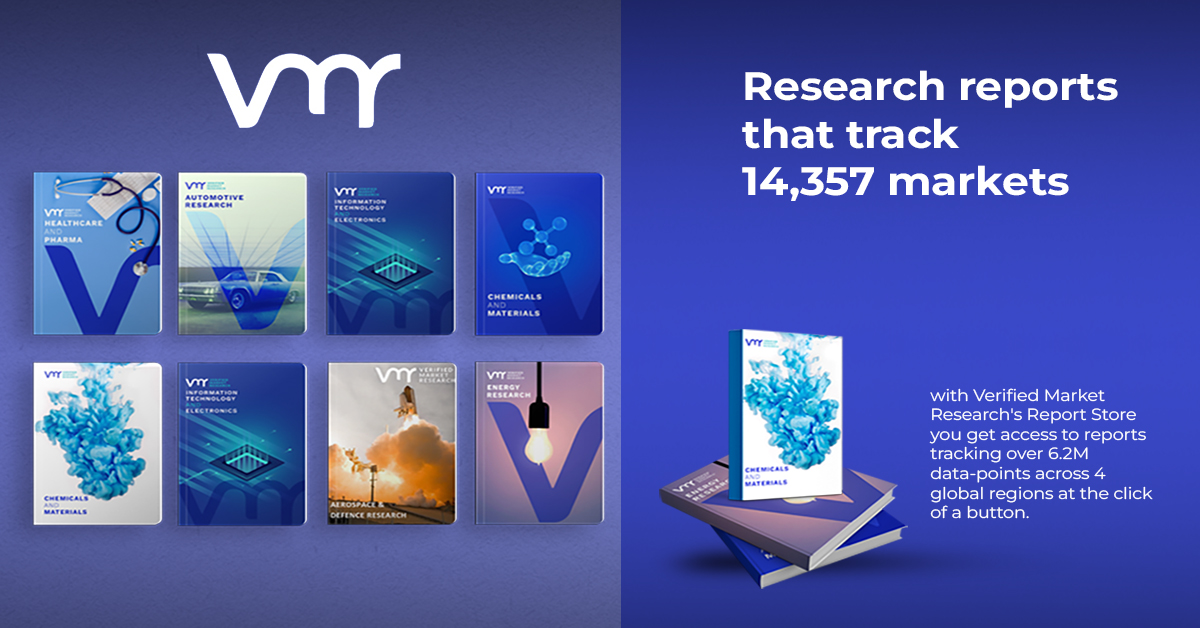Airborne Intelligence, Surveillance, and Reconnaissance (ISR) System Market: Key Developments and Trends Shaping the Future
In recent years, the market for Airborne Intelligence, Surveillance, and Reconnaissance (ISR) systems has witnessed significant growth and innovation. With advancements in technology and increasing global security concerns, the ISR landscape is evolving rapidly. This article delves into the latest developments in the ISR market, highlighting key trends, emerging technologies, and the implications for defense and civilian applications.
Overview of the ISR Market
The ISR market encompasses a range of systems and technologies designed to gather, process, and disseminate information from airborne platforms. This includes manned and unmanned aerial vehicles (UAVs), reconnaissance aircraft, and satellites. The primary objective of these systems is to enhance situational awareness, intelligence collection, and operational efficiency for military and civilian operations.
Current Market Size and Growth
According to recent market research, the global ISR market is projected to reach approximately $30 billion by 2025, growing at a compound annual growth rate (CAGR) of over 5%. This growth is driven by increasing defense budgets in various countries, ongoing conflicts, and the need for enhanced surveillance capabilities in the face of emerging threats.
Key Players in the ISR Market
Major players in the ISR market include companies such as:
- Northrop Grumman: Known for its Global Hawk UAV and advanced radar systems.
- General Atomics: The manufacturer of the Predator and Reaper drones, renowned for their intelligence-gathering capabilities.
- Lockheed Martin: Provides a range of ISR solutions including manned reconnaissance aircraft.
- BAE Systems: Offers a variety of sensors and surveillance systems for airborne platforms.
Emerging Technologies in ISR Systems
Unmanned Aerial Vehicles (UAVs)
UAVs, commonly referred to as drones, have become a cornerstone of ISR operations. Their ability to operate in diverse environments, often at lower costs than manned aircraft, makes them indispensable. The development of advanced UAV technologies, such as:
- Autonomous Flight Systems: Allowing drones to conduct missions with minimal human intervention.
- Swarm Technology: Enabling multiple drones to operate collaboratively for enhanced data collection.
Advanced Sensors and Payloads
The integration of cutting-edge sensors and payloads into ISR platforms is transforming the capabilities of these systems. Key developments include:
- Electro-Optical/Infrared (EO/IR) Sensors: Providing high-resolution imagery in various environmental conditions.
- Synthetic Aperture Radar (SAR): Capable of producing detailed images regardless of weather conditions, making it essential for persistent surveillance.
Artificial Intelligence (AI) and Machine Learning
AI and machine learning are revolutionizing data processing in the ISR domain. These technologies facilitate:
- Automated Target Recognition: Reducing the time required to identify and classify objects in surveillance feeds.
- Predictive Analytics: Enhancing decision-making by analyzing vast datasets for trends and anomalies.
Geopolitical Factors Influencing ISR Development
The ISR market is heavily influenced by geopolitical dynamics. Tensions in regions such as Eastern Europe, the Middle East, and the Indo-Pacific have heightened the demand for advanced ISR capabilities. Countries are investing heavily in modernizing their fleets, and the competition for technological supremacy is fierce.
Defense Budgets and Procurement Trends
In 2023, several countries have significantly increased their defense budgets, with a strong focus on ISR capabilities. For instance:
- The United States: Has allocated billions towards upgrading its UAV fleet and enhancing satellite reconnaissance capabilities.
- NATO Member States: Are collectively boosting their ISR investments in response to perceived threats from adversarial nations.
Civilian Applications of ISR Systems
While the military remains the primary user of ISR systems, civilian applications are growing rapidly. These include:
- Disaster Response and Management: UAVs equipped with surveillance technology are used for assessing damage and coordinating relief efforts in natural disasters.
- Environmental Monitoring: ISR systems help track deforestation, wildlife populations, and climate change impacts.
- Border Security: Countries are employing ISR technologies to monitor and secure their borders more effectively.
Challenges Facing the ISR Market
Despite the promising growth and innovations in the ISR market, several challenges persist:
Regulatory Hurdles
The use of UAVs in civilian airspace is subject to strict regulations, which can hinder the deployment of ISR technologies. Balancing privacy concerns with security needs is a complex issue that governments are grappling with.
Data Overload
The vast amounts of data generated by ISR systems can overwhelm analysts. Effective strategies for data management and analysis are crucial to harnessing the full potential of these technologies.
Cybersecurity Threats
As ISR systems become increasingly reliant on digital networks, they are vulnerable to cyberattacks. Ensuring the security of these systems is paramount for maintaining operational integrity.
Future Trends in the ISR Market
Looking ahead, several trends are likely to shape the ISR market:
Increased Integration of AI
As AI technologies continue to advance, their integration into ISR systems will become more prevalent. This will enhance the capabilities of analysts and improve the efficiency of data processing.
Focus on Multi-Domain Operations
The concept of multi-domain operations, where military forces operate across land, sea, air, space, and cyber domains, is gaining traction. ISR systems will play a critical role in providing comprehensive situational awareness across these domains.
Collaborative International Efforts
As security threats become more globalized, international collaboration in ISR operations is expected to increase. Joint exercises and shared ISR capabilities will enhance collective security.
The Airborne Intelligence, Surveillance, and Reconnaissance (ISR) system market is at a pivotal point, driven by technological advancements and geopolitical dynamics. As countries strive to enhance their surveillance capabilities, the demand for innovative ISR solutions will continue to rise. Understanding these developments is crucial for stakeholders across defense and civilian sectors, as the implications of ISR technologies will be felt for years to come.
By staying abreast of these trends and challenges, industry players can position themselves to capitalize on the growing opportunities within the ISR market. The future of ISR systems is not just about advanced technologies but also about strategic collaboration and effective data management to meet the evolving needs of national and global security.










